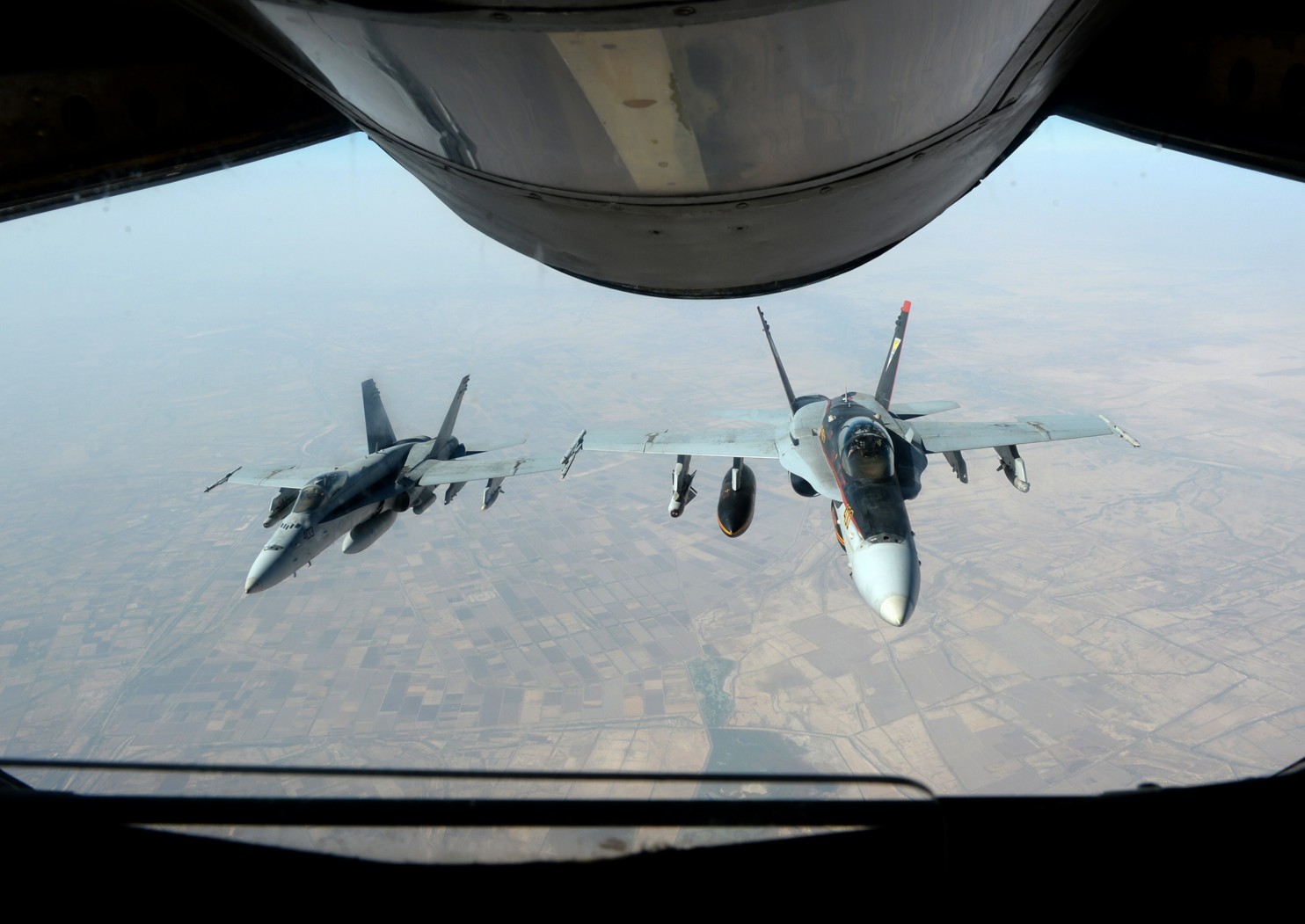How Much Has The US Spent In Combating The Islamic State?
Expensive fight against ISIS
NEW DELHI: The United States spends $9 million a day on the war against the Islamic State, and has spent a total of $2.7bn thus far as it leads a coalition conducting airstrikes against the group in Syria and Iraq since last August.
The figures are revealed in the first breakdown of US costs released by the Pentagon and show that two-thirds of the amount spent has gone to the Air Force.
The news comes as the US prepares to send an additional 450 troops to Iraq to fight the militant group. In fact, spending in fighting the Islamic State has risen steadily since it began August last year.
Meanwhile, the House of Representatives approved a $579bn defence spending bill. It rejected an amendment calling for a stop to cash going on the fight against IS unless Congress passed a new authorisation for the use of force.
That authorisation is no where in sight. Although US leaders, including President Barack Obama, have stressed on its need, deliberations have not begun.
Thus far, the legal justification for the war has been murky, based on the Congress’ 2002 authorisation of the Iraq War and the 2001 authorisation to fight Al Qaeda. The Obama administration had maintained that it wants to repeal the Iraq authorisation, ironically ending up relying on it to provide separate statutory authority for the strikes in Iraq.
The White House, however, maintains that it has the authority to act based on the 2001 AUMF which was passed after the September 11 attacks that allows the US to strike Al Qaeda. However, the legality of this position is disputed given that the IS and Al Qaeda have distanced themselves from each other, making the 2002 Iraq authorisation an added legal backing that the Obama administration has been willing to invoke.
Last year in July, the National Security Adviser Susan Rice said that the the Iraq Authorization for Use of Military Force (AUMF) was no longer operative.
“With American combat troops having completed their withdrawal from Iraq on December 18, 2001, the Iraq AUMF is no longer used for any U.S. government activities and the Administration fully supports its repeal,” Rice wrote to Speaker of the House in July.
Time Magazine reproduced a statement by a senior Obama administration official that explains how the 2001 AUMF can be applied to the Islamic State.
“The 2001 AUMF authorizes the use of “all necessary and appropriate force against those nations, organizations, or persons” responsible for 9/11 and those who “harbored such organizations or persons.” The Administration has interpreted the 2001 AUMF to authorize the use of force against AQ, the Taliban, and associated forces. Based on ISIL’s longstanding relationship with al-Qa’ida (AQ) and Usama bin Laden; its long history of conducting, and continued desire to conduct, attacks against U.S. persons and interests, the extensive history of U.S. combat operations against ISIL dating back to the time the group first affiliated with AQ in 2004; and ISIL’s position — supported by some individual members and factions of AQ-aligned groups — that it is the true inheritor of Usama bin Laden’s legacy, the President may rely on the 2001 AUMF as statutory authority for the use of force against ISIL, notwithstanding the recent public split between AQ’s senior leadership and ISIL.”
A statement provided to the New York Times echoed a similar position, with a senior official saying, “The president may rely on the 2001 A.U.M.F. as statutory authority for the military airstrike operations he is directing. “As we have explained, the 2002 Iraq A.U.M.F. would serve as an alternative statutory authority basis on which the president may rely for military action in Iraq. Even so, our position on the 2002 A.U.M.F. hasn’t changed and we’d like to see it repealed.”





